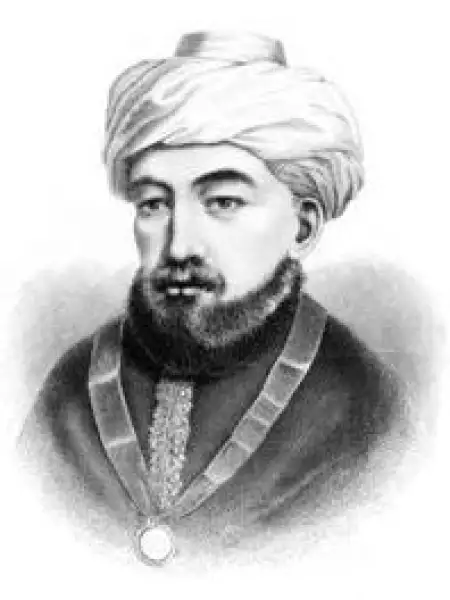
Timeline
Title
Country/Nationality
Moses Maimonides
Moses ben Maimon commonly known as Maimonides and also referred to by the acronym Rambam was a Sephardic Jewish philosopher who became one of the most prolific and influential Torah scholars of the Middle Ages. In his time, he was also a preeminent astronomer and physician, serving as the personal physician of Saladin. Born in Córdoba, Almoravid Empire (present-day Spain), on Passover eve, 1138 (or 1135), he worked as a rabbi, physician and philosopher in Morocco and Egypt. He died in Egypt on 12 December 1204, when his body was taken to the lower Galilee and buried in Tiberias.
During his lifetime, most Jews greeted Maimonides' writings on Jewish law and ethics with acclaim and gratitude, even as far away as Iraq and Yemen. Yet, while Maimonides rose to become the revered head of the Jewish community in Egypt, his writings also had vociferous critics, particularly in Spain. Nonetheless, he was posthumously acknowledged as one of the foremost rabbinic decisors and philosophers in Jewish history, and his copious work comprises a cornerstone of Jewish scholarship. His fourteen-volume Mishneh Torah still carries significant canonical authority as a codification of Halacha. He is sometimes known as הנשר הגדול ("haNesher haGadol" The Great Eagle) in recognition of his outstanding status as a bona fide exponent of the Oral Torah.
Aside from being revered by Jewish historians, Maimonides also figures very prominently in the history of Islamic and Arab sciences and he is mentioned extensively in studies. Influenced by Aristotle, Al-Farabi, Ibn Sina, and his contemporary Ibn Rushd, he became a prominent philosopher and polymath in both the Jewish and Islamic worlds. On his tomb is inscribed "From Moses to Moses there was none like Moses".
Maimonides died on 12 December 1204 (20th of Tevet 4965) in Fustat. It is widely believed that he was briefly buried in the beth midrash of the synagogue courtyard, and soon afterward, in accordance with his wishes, his remains were exhumed and taken to Tiberias, where they were re-interred. The Tomb of Maimonides on the western shore of the Sea of Galilee in Israel marks his grave. This location for his final resting-place has been debated, for in the Jewish Cairene community, a tradition holds that he remained buried in Egypt.
Maimonides and his wife, the daughter of Mishael ben Yeshayahu Halevi, had one child who survived into adulthood, Abraham Maimonides, who became recognized as a great scholar. He succeeded Maimonides as Nagid and as court physician at the age of eighteen. Throughout his career, he defended his father's writings against all critics. The office of Nagid was held by the Maimonides family for four successive generations until the end of the 14th century.
Maimonides is widely respected in Spain, and a statue of him was erected near the Córdoba Synagogue.
Maimonides is sometimes said to be a descendant of King David, although he never made such a claim.
Books by Moses Maimonides
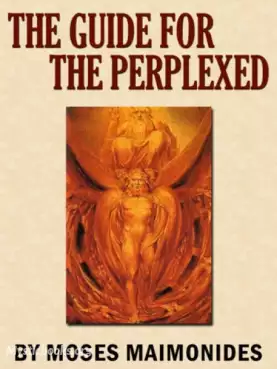
The Guide for the Perplexed, Part 1
The Guide for the Perplexed by Mūsá ibn Maymūn (known throughout the Christian West as Moses Maimonides) is regarded as one of the most important works of Medieval Jewish thought. The book attempted to harmonize the philosophy of Aristotle with the R...
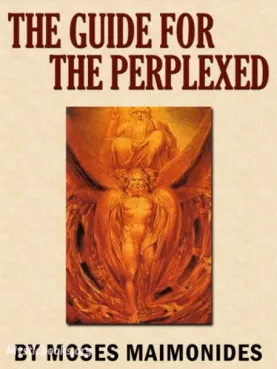
The Guide for the Perplexed, Part 2 Moses Maimonides
Embark on a journey of intellectual exploration and philosophical contemplation in "The Guide for the Perplexed, Part 2" by Moses Maimonides. As the intricate tapestry of medieval Islamic society unfolds, join the young scholar David as he seeks clar...
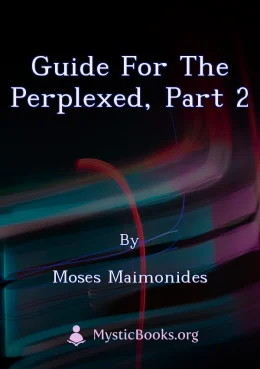
Guide for the Perplexed, Part 2
The Guide for the Perplexed, a seminal work by Moses Maimonides, is a philosophical treatise aimed at reconciling Jewish religious beliefs with the philosophical doctrines of Aristotle and other Greek thinkers. Written in Arabic in the 12th century,...
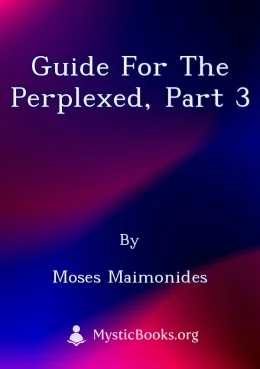
Guide for the Perplexed, Part 3
The Guide for the Perplexed is a three-part philosophical and theological work by Moses Maimonides, written in Classical Arabic using the Hebrew alphabet. It was written in response to a request from his student, Rabbi Joseph ben Judah of Ceuta, who...